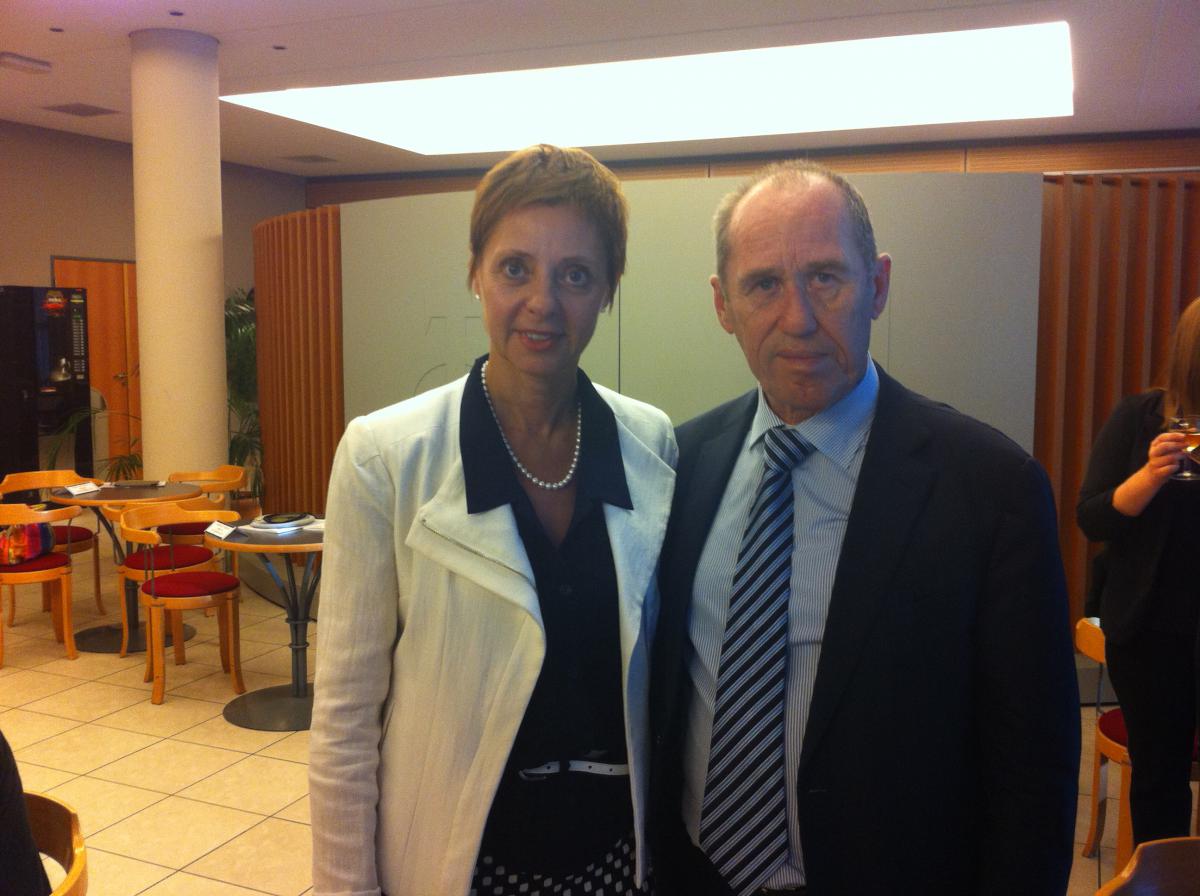Global Peace Index 2014
 The Global Peace Index is an index, developed by the Institute for Economics and Peace, which measures and analyses the state of peace around the world. Besides ranking countries according to their level of peace, the index identifies trends, calculates the economic impact of violence, and so it goes beyond a mere measurement of wars, and instead explores and unravels the texture of peace in the world.
The Global Peace Index is an index, developed by the Institute for Economics and Peace, which measures and analyses the state of peace around the world. Besides ranking countries according to their level of peace, the index identifies trends, calculates the economic impact of violence, and so it goes beyond a mere measurement of wars, and instead explores and unravels the texture of peace in the world.
The Index is composed of 22 indicators, ranging from a nation’s level of military expenditure to its level of political stability, absence or presence of conflict, and the number of homicides. The data applied comes from a wide range of sources, including the International Institute of Strategic Studies, The World Bank, various UN offices, Peace Institutes and the Economist Intelligence Unit.
The 2014 Global Peace Index has just been released and it paints a picture of a world where peace, for the sixth year in a row, has slightly deteriorated - as a result of the conflicts in Syria, South Sudan and Central African Republic (CAR), tensions over Ukraine and increased terrorism in Afghanistan, Iraq, the Philippines and Libya.
Additionally, the 2014 index presents findings that the most peaceful country continues to be Iceland and that Syria is now, replacing Afghanistan, the least peaceful country in the world. It also shows how countries who have experienced a more dramatic movement on the peace ranking, includes Georgia, which has jumped from 139 to 111, and South Sudan, which has dropped from 145th to 160th.
Besides this, the 2014 report presents models such as the Country Risk Model, which states the probability of whether peace within a country may deteriorate or improve, as well as an analysis on the economic impact, which violence has had on the global economy in 2013. Most importantly the 2014 report provides an insight into what triggers may have caused the deterioration in peace and so it is a tool which not only gives an insight into the current state of peace, but
provides food for thought and an insight into, what and where actions may be taken in order to reverse the down spiraling trend, which global peace over the last six years has been subject to.

